Give the work a story. How Do I Start.

Oil Painting Basics How To Build Layers Youtube
To make paint leaner you would mix it with a solvent like turpentine or use a faster-drying oil.

. To make paint fatter you add more oil to it. The oil painting has been a classic medium dating back as far as the early 15th century. Once oil painters begin figuring out the real power of oil paints its time to try more advanced oil painting techniques like Chiaroscuro and Impasto.
There are various special mediums one can buy to speed up and retard the drying process of the paint. Mix small amounts at first youll have to scrap some but dont throw it out You can add it to your gray mixtures in small amounts. This course will be taught in 3 Parts.
Hold the paintbrush correctly. Imprimatura or Toning the canvas. Layering Scumbling and Glazing.
Then over that layer wet or dry you can apply oil paint without any solvent. Its important to take. Oil Painting Techniques.
Their versatility and bold colors make them a great choice for artists looking to get into painting and there really are only a few rules you have to follow in order to learn the basics. Too much oil may cause wrinkling. August 10 2018.
Toning the canvas seals the canvas protects the underlying ink drawing which you did right after you did your pencil drawing tracing over your lines and sets the stage for the rest of the process. This elegant technique requires a neutrally toned dark canvas. The vacant shadows technique stands as one of the oldest traditional oil painting techniques.
10 oil painting techniques in detail. Basic Oil Painting Techniques. Choose a color in an instant.
Once mixed pull a little on knife and squint your eyes while viewing the knife just in front of your subject. When oil painting in layers each successive layer must be more flexible than the one underneath. Glazing is a popular technique in oil painting where glazes are applied on top of an opaque layer of paint which has been allowed to dry.
In this technique the artist paints only the lights of the subject. If you want to master oil painting techniques you will need to learn the concept of layering and also how to apply glazing and scumbling. Using a stiff bristle brush or paper towel simply apply the paint with.
Much like the name suggests dabbing is a technique used to dab accents of color onto the surface of a canvas. This layer has several functions. Glazing is one of the fundamental techniques of the old masters and remains a powerful way.
Then choose another and another layering and blending in an intuitive way. Each layer of paint will absorb oils from the one above it so you want to make sure you add more and more oil so that it evenly distributes. Layering is not so much a painting technique as it is a way of talking about how much you let layers of paint dry before applying the next layer.
A glaze is a thin semi-transparent layer of paint. Using oil painting glazing techniques allows you to create more luminous hues and a vivid mix of your paint layers. Hold your brush at the end for maximum control.
Sold for CHF1875 via Koller Auctions July 2017. It also requires the artist to have a solid grip on soft edges and control of the paint. Experiment With Different Techniques.
Read on a for a quick introduction to these important topics. There are many ways that an artist can grip the paintbrush when painting but theres one go-to method that every artist should know to get the most fluidity and sensitivity from each stroke. The Old Masters Technique.
Use as few paints as possible to achieve the color you need. A mixture of linseed oil and turpszest it is a straightforward combination for everyday thinning. Cornelia will explain her palette give tips for mixing color understanding paint characteristics types of brushes solvents and staining a fresh canvas Classical Portraiture Techniques and Concepts Course by Stephen Bauman.
The general practice is to create a monochrome underpainting using opaque colors and then gradually build up glazes on top allowing each layer to dry in-between. Continuing to layer you can now apply oil paint mixed with mediums oil mediums are fatty and therefore more flexible. For this reason the wet-on-wet method is.
The wet-on-wet oil painting technique is exactly how it sounds painting directly on top of wet paint without allowing the lower layer to dry. 1 Paint an underlayer in monochrome paint. If one puts a thin paint layer on top of a fat paint layer the fat layer dries at a slower rate and cracking will result.
For making your paint fatter there are painting mediums available. This rule is maintained by adding more medium to each successive. Layering fatter over leaner oilpaint will make the paint hold - and if you paint lean over fat your paint will peel crack and fall off not too long after it has dried.
Each layer contributes to the building of the painting. The Flemish technique first layer. Use a representational touchstone.
Bring your experiences to what you paint. How to glaze an oil or acrylic painting. My abstracts usually reflect an image that can be seen as a possible landscape.
You can use a grisaille in which you paint in shades of grey or use other colors such as green called a Verdaccio or brown called a Bistre. Portrait Drawing Grisaille Painting and Full Palette Painting. Wet into wet wet into semi-wet or wet into dry oil paints.
Learn how essential oils might provide numerous health benefits from improving certain skin conditions to relieving aches and pains. Be sure to watch my basics of oil painting. This means that you can start off with a first base layer using oil paint mixed with solvent like a wash.
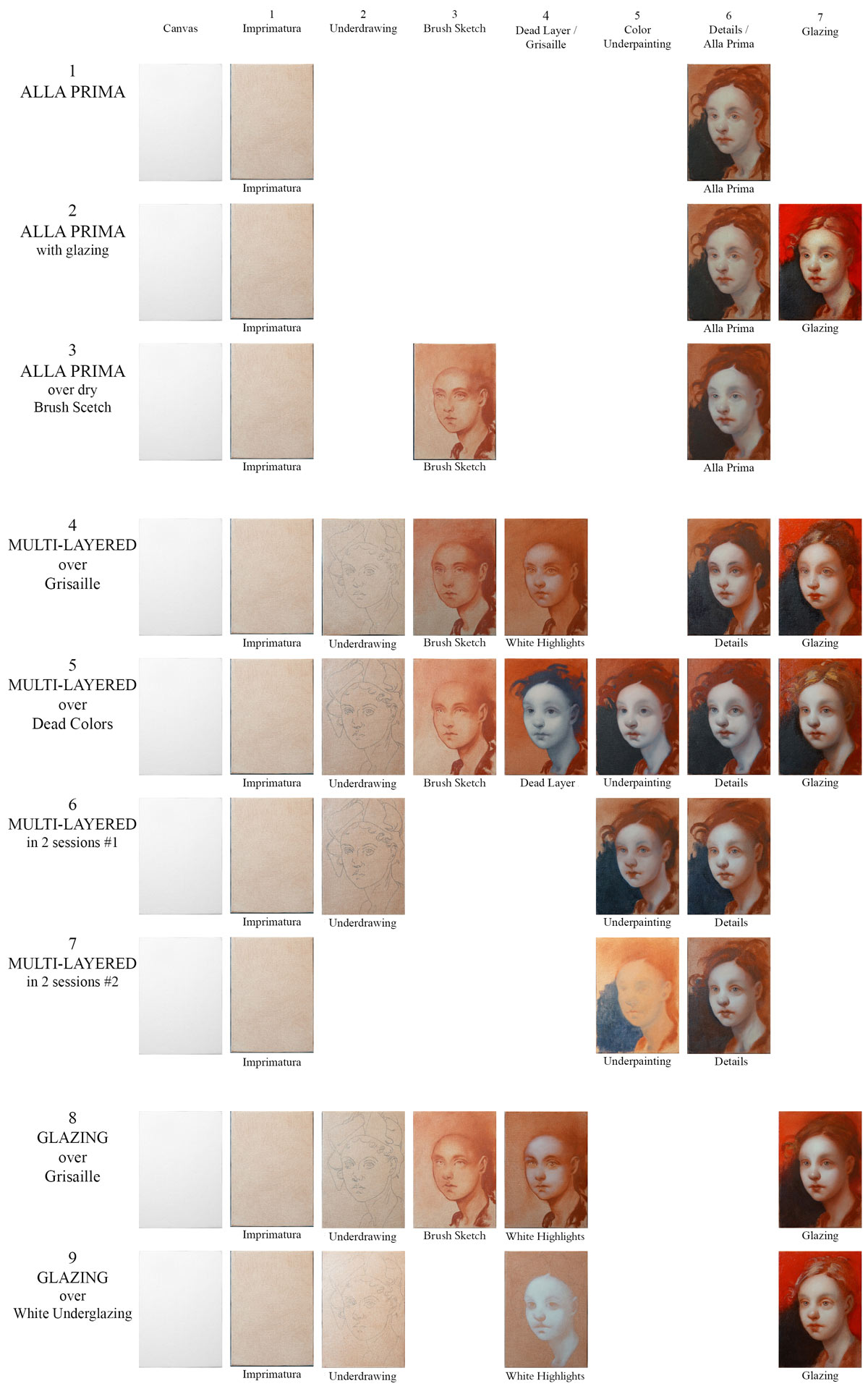
Various Oil Painting Methods Overview Old Masters Academy

Layered Painting Technique With Van Gogh Oils Jackson S Art Youtube

Heavy Texturing And Layering Techniques 101 Fredrix Artist Canvas

Underpainting Gamblin Artists Colors
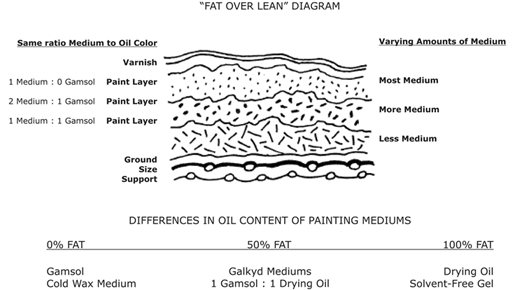
Fat Over Lean Gamblin Artists Colors
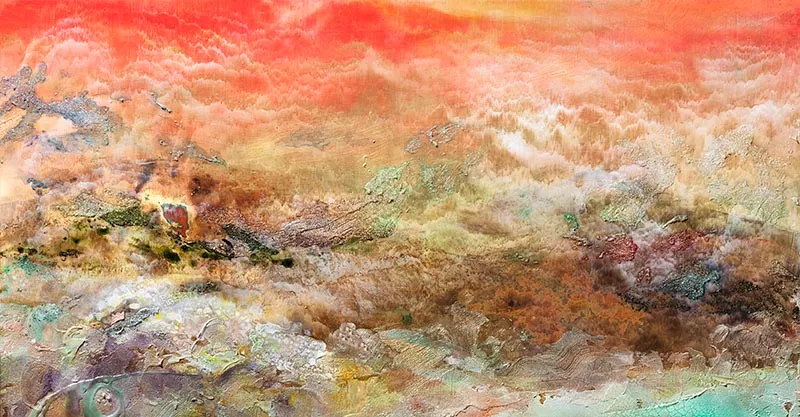
How To Paint With Layers In Acrylic Oil Nancy Reyner
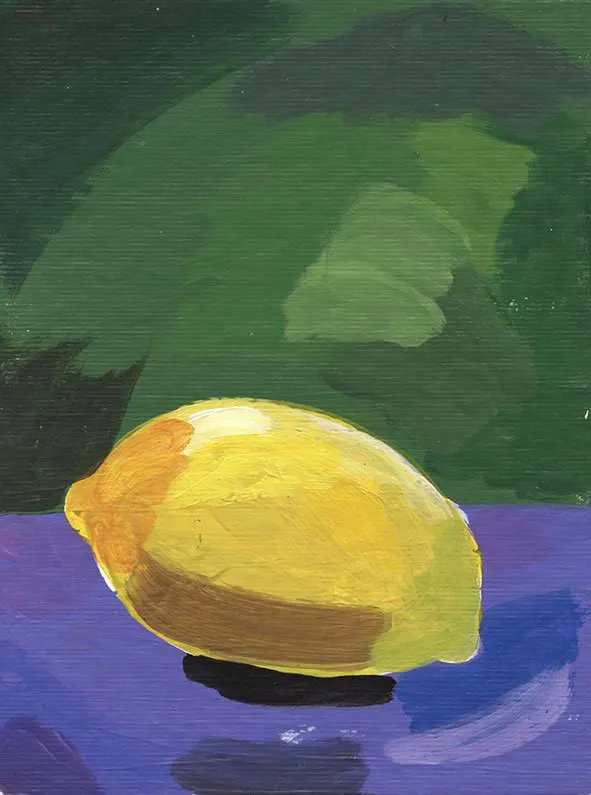
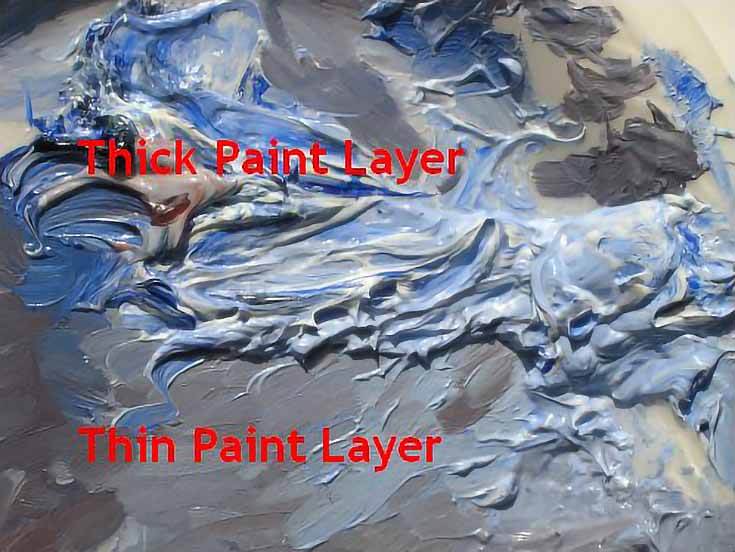
0 comments
Post a Comment